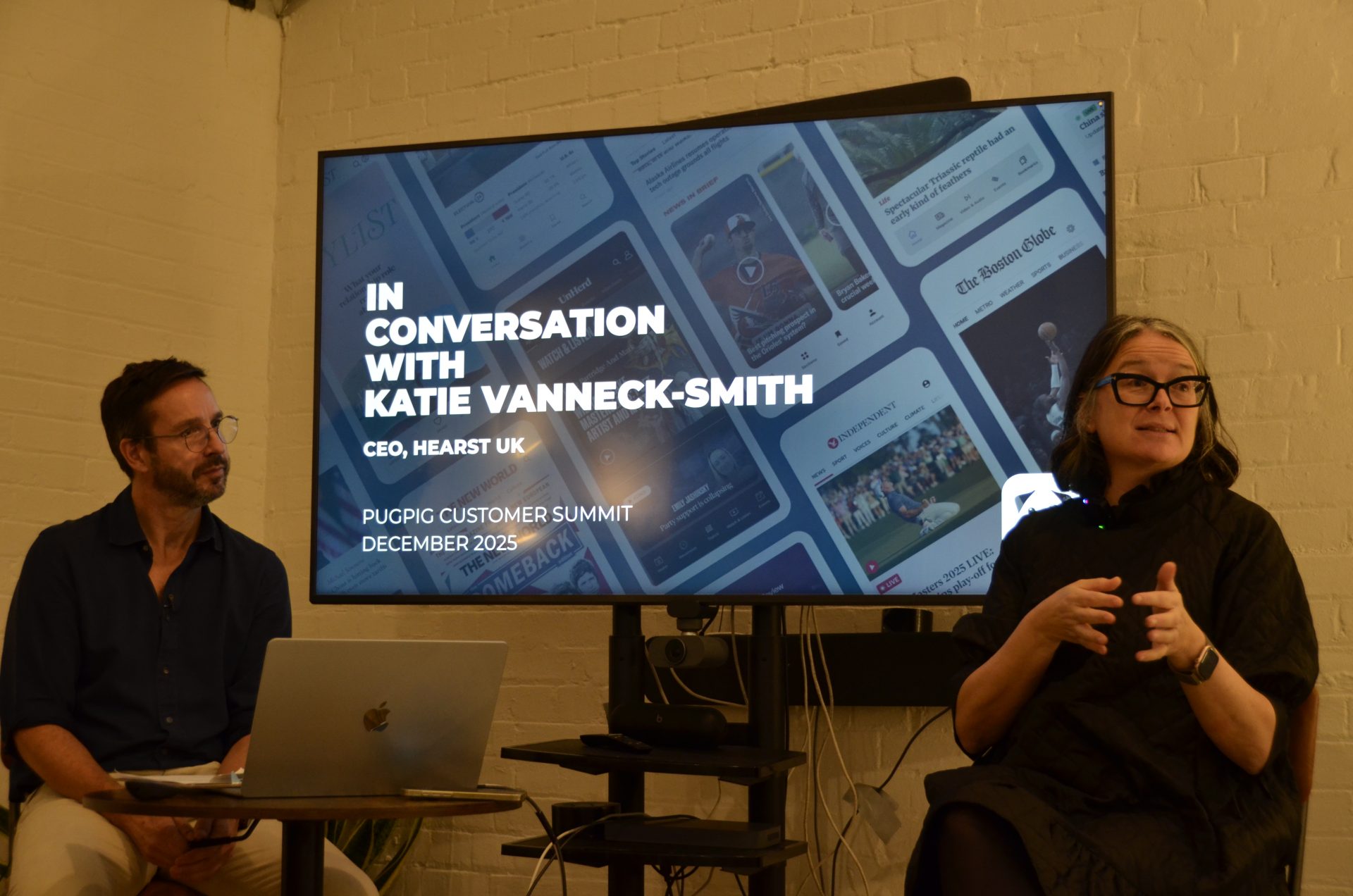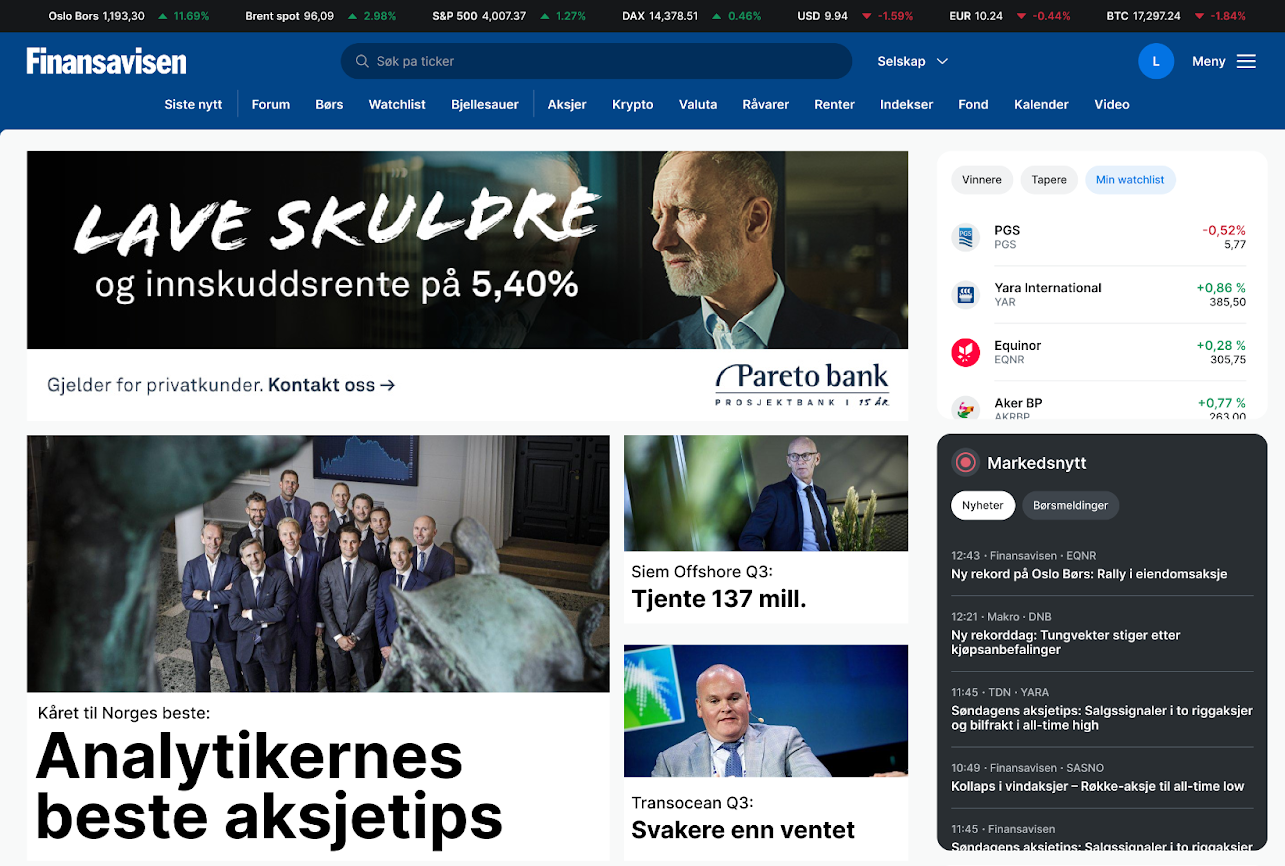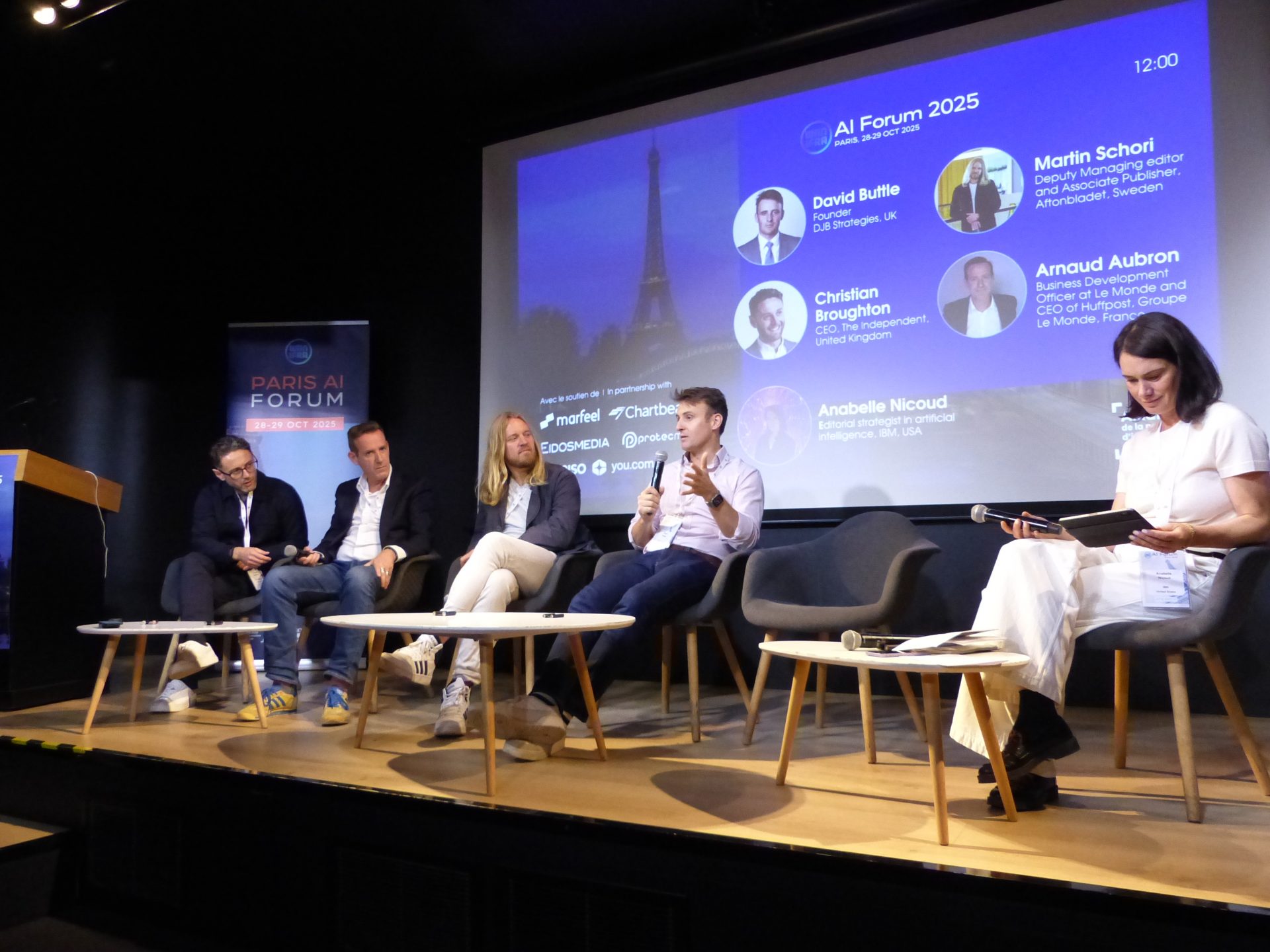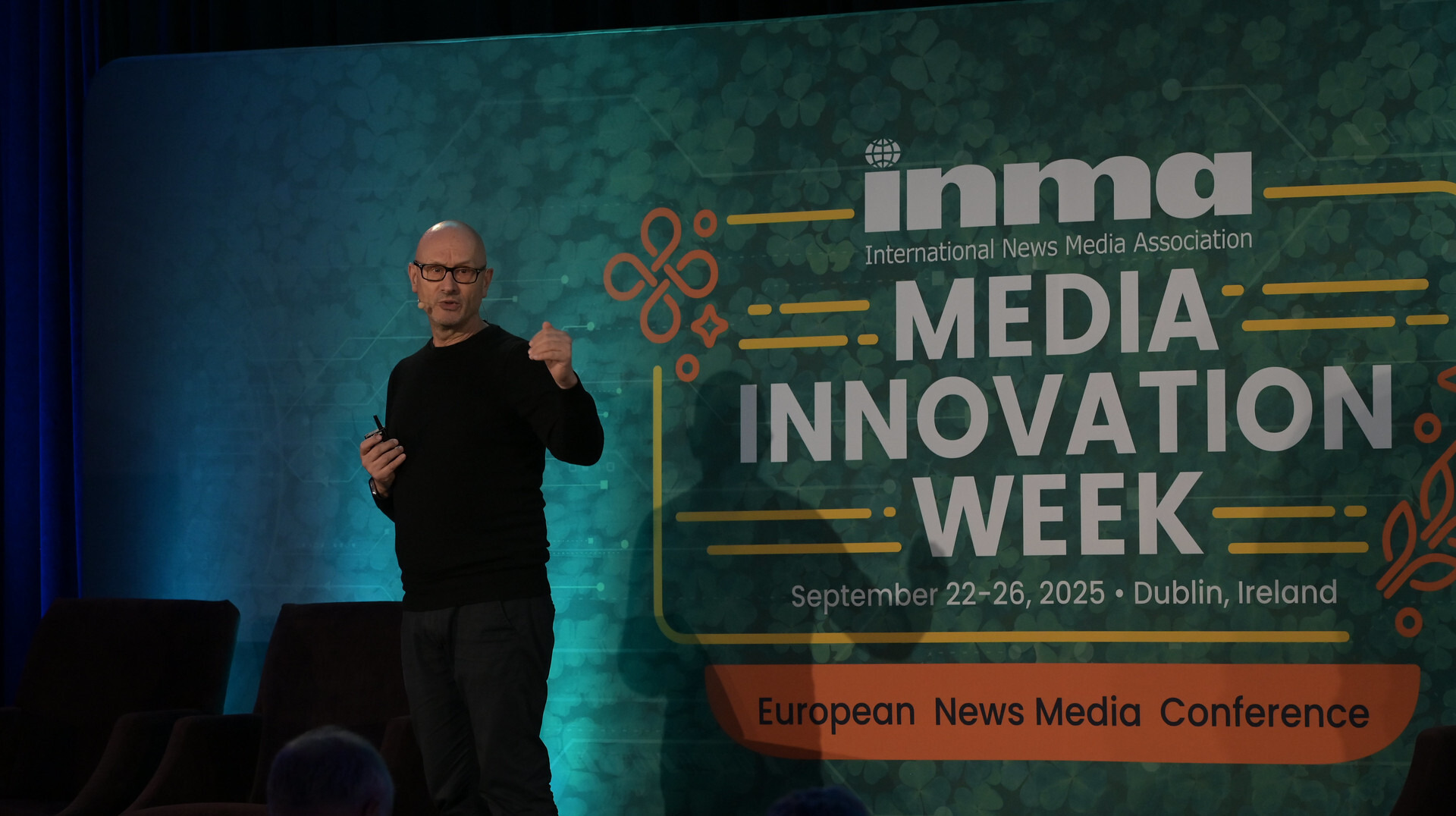
Newsletter
Newsletter
Publishers are rebuilding their destination strategy, and to do so, they need to invest in distribution to win the attention of audiences.
17th November 2023

In the Pugpig weekly media bulletin, Pugpig’s consulting services director Kevin Anderson and digital growth consultant James Kember distill some of the best strategies and tactics that are driving growth in audiences, revenue and innovation at media businesses around the world.
If you want to know more about how we are working with publishers like you, get in touch at info@pugpig.com.
As the old saying goes, there is no such thing as a free lunch or, for digital media, free traffic. When we talk about the end of the Platform Era, what it really means is the end of free traffic from search and social.
Moreover, it’s not just that free traffic has ended, but that paid search and social have become more expensive. In a great Internal Tech Email dug up by Brian Morrissey from 2019, IAC’s Barry Diller wrote to Google’s Chief Business Officer about the rising cost of paid search. Diller complained that Vrbo Travel saw its search advertising bill spike from $21m to $300m in five years even though it saw no increase in traffic from paid search. “The only conclusion is Google has systematically moved every lever in its hegemony over search to disembowel our business,” Diller said.
And it’s not just Google. Marketers have been complaining about the rising cost of Facebook ads. Facebook costs per click rose 89% from 2021 to 2022. It is another lens through which to view the shift from the scale-obsessed Platform Era to the relationship-focused Push Era. It is the realisation that there wasn’t that much value in aggregating as many casually connected unknown users as possible because they were really only renting those audiences. When the rent got too high or Facebook rewrote the lease for publishers, those audiences disappeared in a painful “attention recession”.
All of this is driving publishers to reconsider the risks of a rented audience versus an owned one. Owning your audience is about building a direct relationship with audiences as we often say here at the Media Bulletin, and as Greg Piechota of INMA says, this is leading publishers to consider developing destination strategies.
This can feel like a radical reversal after the Platform Era. During the height of that chapter in digital media beginning a decade ago, the accepted wisdom was that the homepage was dead, and people spoke about the overwhelming amount of “side door” traffic from search and social. An innovation report from the New York Times highlighted how between 2011 and 2013, traffic to its homepage dropped by 50%, and only 12% of user journeys at The Atlantic began on its home page.
But now, a decade later, the New York Times is “obsessively focused on getting people to come to our destination and build a direct relationship,” its CEO Meredith Kopit Levien told The Verge.
However, Greg recognises that a destination strategy may not work for all publishers or at all scales. As the Reuters Institute of Journalism has pointed out in its major digital news report over the past two years, the New York Times is one of the “upmarket national brands”, a winner that takes most in the competition for subscriptions. The New York Times continues to grow its subscriber base, while the Washington Post is suffering from a post-Trump slump.
For other publishers, they now face a question of whether to lean into direct distribution or diversify their marketing channels. Regardless of the mix of direct or diversify, we think Greg is right that publishers will need to invest more in distribution.
During the apex of the Platform Era in 2015, Facebook introduced Instant Articles, and Google responded by launching AMP. Facebook and Google offered up improved mobile content experiences to publishers. Depending on how one viewed the move, it was either the platforms offering up their tremendous resources to offer a top-flight mobile experience, or it was another signal of the extent to which platforms were able to more effectively capture audience attention in ways that the publishers couldn’t. Both initiatives are now history.
But it is a good reminder of what platforms brought to the table, both to support and to challenge publishers. As Greg outlines, they brought aggregation, excellent user experience, personalisation and interactivity in the form of comments and likes. They set a high bar that many publishers did not respond to. Taking a leaf out of the tech industry’s book, publishers should focus on product-led growth, he adds.
How can publishers respond? Greg breaks this down into four categories of activities that platforms have typically excelled at and where publishers will need to compete:
A product-led growth strategy for publishers focuses on building great products that deliver excellent experiences and foster relationships with audiences.
Bringing people to your owned properties has returned as a core pillar of successful publishing strategies, but digital media still requires publishers to engage with off-platform channels and consider carefully the content formats they engage with based on ever-shifting consumer behaviour.
We agree with Greg that publishers will need to make smart investments in products and distribution. You can read his full analysis at INMA.
We are again in a period where there is a premium on innovation. The Platform Era playbooks no longer work, and we need to use innovation methods to de-risk experimentation and place smart bets on our futures are publishers and those who make the technology that supports them. As Maria Bissendorf, head of transformation at Hearst UK, said recently at our customer day: “Fail fast. Fix faster.”
Here are some of the most important headlines about the business of news and publishing as well as strategies and tactics in product management, analytics and audience engagement.

Newsletter

Newsletter

Newsletter

Newsletter

Newsletter